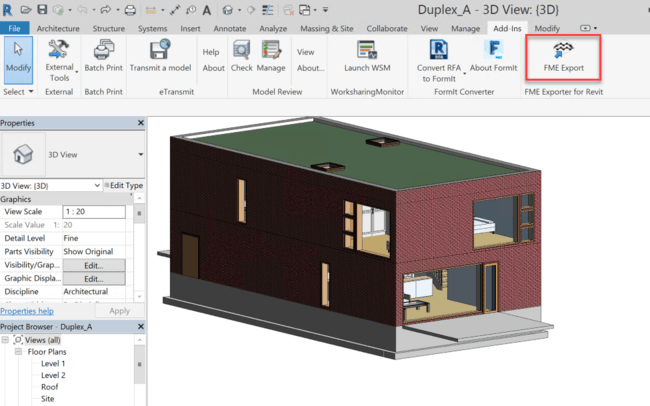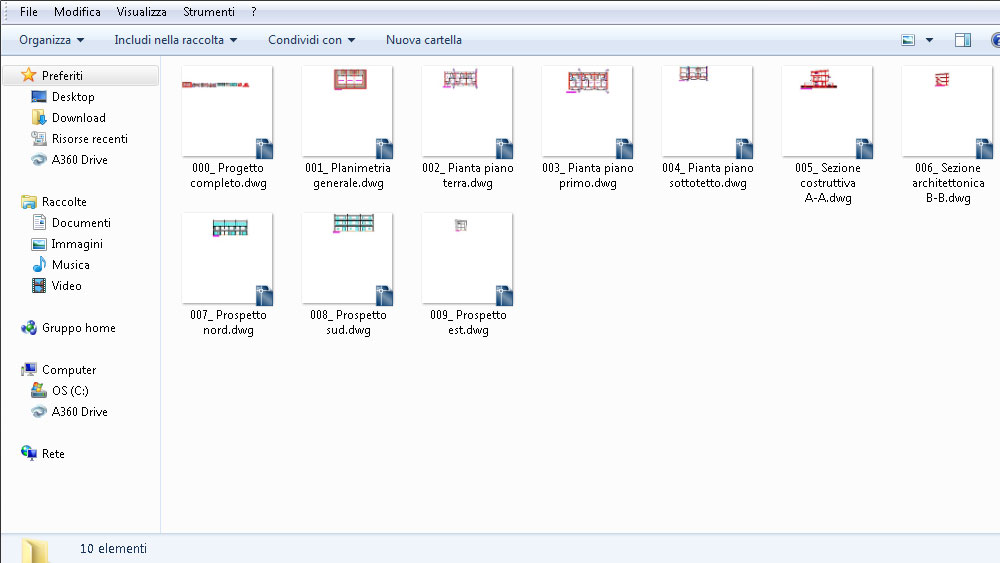

- #HOW TO OPEN A DWG FILE IN REVIT PDF#
- #HOW TO OPEN A DWG FILE IN REVIT SOFTWARE#
- #HOW TO OPEN A DWG FILE IN REVIT TRIAL#
Your DWG file is now converted to PDF and will open in Revu.
#HOW TO OPEN A DWG FILE IN REVIT TRIAL#
They can be opened with Autodesk Viewer on a browser or by downloading a free trial of AutoCAD Architecture.
#HOW TO OPEN A DWG FILE IN REVIT SOFTWARE#
This data can include designs, geometric data, maps and photos. RVT Files are created with Revit, software used by architects to make blueprints. DWG files contain all the information that a user enters in a CAD drawing. dwg in 1982 with the very first launch of AutoCAD software. dwg files, the native file format for Autodesk’s AutoCAD® software. Select ACIS solids from the Solids tab, and then select OK. DWG refers to both a technology environment and. If you do not have CAD software installed on your computer, begin by downloading the free DWG viewer, DWG Trueview, from the Autodesk website. Go to Revit’s Export > Options > Export Setups DWG/DXF menu. If you have CAD software installed on your computer and are using Revu CAD/eXtreme, then creating a PDF via the Bluebeam plugin will allow you to open your desired files in Revu. Before opening your DWG files in Revu, you will need to convert your files to PDF. Revu uses PDF as its standard file format. If you’re using an Autodesk product, a tutorial on this functionality is offered here. So I copied everything and pasted it into it new file. If this document failed open revit model, can give your operation system. It takes the default Revit template and optimize it with features loved by users. Print from AutoCAD using the AIA LWT by Object.ctb pen style.This article does not address converting a PDF into a DWG file. to open document when may a Revit cloud model.Keep or bind any extra dwg files that are created (the main file will have the shortest name).Export from Revit using default settings.This will produce a plot just like the plot you would get from Revit. This plot style will use the line weight assigned to each object (whether from layers or from an override). The pen style to use is ‘AIA LWT by Object.ctb’. Of course you could spend the time to go through Revit’s export options and set up the category -> layer correlation to match your CAD standard, but that seems like a lot of wasted time unless CAD is still your main platform. Even though you probably have a really awesome ctb pen style file set up, you won’t want to use it here. If you plan to send this drawing to someone it is best at this point to open the main dwg and bind all of the links. The main dwg will be the one with the shortest name. Each linked file will have a dwg file that is in turn xrefed into the main dwg. Now, if you have multiple dwg files that means that you have files linked into your Revit model. Trash the pcp file no you cannot stop Revit from creating it. The CAD files are available in Parasolid, STEP, and IGES and are easily.

Only you have to create a ctb file from the pcp file. Choose among BIM objects for SketchUp, Autodesk, Revit, Vectorworks or ArchiCAD. What is that pcp file? It is an old AutoCAD pen setting file (AutoCAD 13), that is used to store the line weights from Revit. So now you have a dwg file (possibly multiple, I will get to that soon) and a pcp file.

If you do chose the second option you will lose all overrides when you export, and the third option will create layers for the overrides as opposed to leaving them as overrides of the individual elements. What it will do is create layers corresponding to the categories that reflect they graphics you have set up within Revit, and any override (think override graphics by view) will be applied to the individual element in cad. Since most people will just click right on by all the options, we will just focus on the first one. There are three options when exporting a Revit view to a CAD file: Export category properties BYLAYER and overrides BYENTITY, Export all properties BYLAYER, but do not export overrides, and Export all properties BYLAYER, and create new layers for overrides. Revit automatically assigns category properties to its exported AutoCAD files, that is, it converts family categories to layers. When the need arises to print a drawing from AutoCAD that has been exported from Revit old pen styles will not work.


 0 kommentar(er)
0 kommentar(er)
